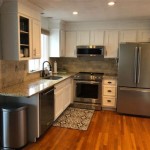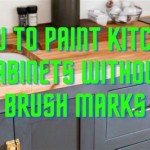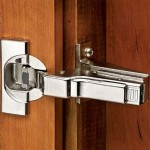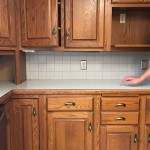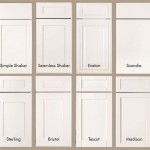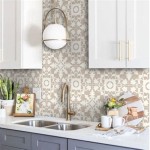Essential Aspects of Kitchen Cabinet Faux Painting Techniques
Faux painting is a transformative technique that can elevate the aesthetic appeal of your kitchen cabinets, adding depth, character, and a touch of artistry to your space. Mastering this technique requires careful preparation, an understanding of the essential steps, and the right tools and materials. Here's a comprehensive guide to ensure your faux painting project becomes a success:
1. Preparation: The Key to Success
Thorough preparation is crucial for a flawless faux finish. Begin by thoroughly cleaning your cabinets to remove any dirt, grease, or dust. Next, apply a high-quality primer to create a uniform surface and enhance paint adhesion. Allow the primer to dry completely before proceeding with the painting process.
2. Choosing the Right Tools and Materials
The effectiveness of your faux painting technique hinges on the quality of your tools and materials. Invest in high-density foam rollers or brushes designed specifically for decorative painting. These tools will enable you to achieve smooth, even strokes and minimize brush marks. Opt for premium-grade paints in matte or satin finishes to achieve a realistic illusion.
3. The Art of Glazing
Glazing involves applying thin, translucent layers of paint to create depth and dimension. Start by mixing a glazing medium with your desired paint color. Using a glaze brush, apply the mixture in strokes that follow the contours of your cabinet doors and drawers. Let each layer dry partially before applying another, gradually building up the desired effect.
4. Faux Finishing Techniques
The faux painting technique you choose depends on your desired aesthetic. Common methods include:
- Rag Rolling: Apply paint with a crumpled cloth or sponge to create a textured finish with random patterns.
- Stippling: Use a dry brush to lightly dab paint onto the surface, creating a speckled effect.
- Dry Brushing: Load a brush with a small amount of paint, then wipe most of it off. Lightly brush over the surface to create subtle highlights and shadows.
5. Protecting Your Masterpiece
To preserve your faux-painted cabinets, apply a clear protective finish such as polyurethane or varnish. This will seal the paint, making it resistant to wear and tear. Allow the finish to cure completely before using your cabinets to ensure its durability and protection.
Conclusion
Mastering kitchen cabinet faux painting techniques empowers you to transform your kitchen space into a work of art. With careful preparation, the right tools and materials, and a touch of creativity, you can achieve a professional-looking finish that will enhance the beauty and value of your home. Embrace the transformative power of faux painting and let your kitchen cabinets become the centerpiece of your culinary haven.

Faux Painting Kitchen Surfaces Walls Cabinets Floors Countertops

Faux Painting Kitchen Surfaces Walls Cabinets Floors Countertops

Faux Painting Kitchen Surfaces Walls Cabinets Floors Countertops

Faux Painting Kitchen Surfaces Walls Cabinets Floors Countertops

Faux Painting Kitchen Surfaces Walls Cabinets Floors Countertops

Faux Painting Kitchen Surfaces Walls Cabinets Floors Countertops

Rag Painted Faux Finish Techniques Ideas And Examples

How To Paint Kitchen Cabinets In 7 Simple Steps

What Is Glazing Definition Of

15 Faux Painting Techniques And Ideas True Value
Related Posts


